About Nepal
Nepal is quite simply one of the most spectacular and fascinating destinations on earth, situated between the great civilizations of India and China. It is one of the richest countries in the world in terms of bio-diversity due to its unique geographical position and altitude variation. The elevation of the country ranges from 60 meters above sea level to the highest point on earth, Mt. Everest at 8,848 meters, all within a distance of 150 kilometers resulting in climatic conditions from sub-tropical to arctic.
NEPAL AT A GLANCE
Nepal is a combination of ancient history, vibrant cultures and scenic splendor. Located between China and India, Nepal’s main geographical features include snow-capped peaks, lower mountains, hills and lush Terai plains of tropical jungles. Nearly one- third of the total length of the Himalayas and 8 of the world’s 14 highest peaks are in Nepal. The landlocked country covers an area 147,181 sq. kilometers ranging from 70 meter to the highest point at 8848 meters above sea level. Nepal’s popularity as a tourist destination has increased greatly over the years. While trekking and mountaineering have long been popular, an entire range of other activities are carried out. With the variety of adventure options, the country is a favorite among adventure lovers.
Continent: Asia
Location: Situated between India and Tibet, an autonomous region of the people’s republic of China.
1. Latitude: 26* 22′ and 30* 27′ North
2. Longitude: 80* 4′ and 88* 12′ East
Area: 147,181 sq.kms
Capital: Kathmandu
Time Zone: 5 hours 45minutes ahead of GMT.
People: Nepal has more than 100 ethnic groups and over 125 spoken languages
Population: About 30 million
Population growth rate: 2.25 per annul
Currency: Nepali Rupees (approximately US$ 1 equal to 70)
Language: Nepali is the national language however travels trade people understand and speak English as Well.
Political System: Multiparty Democracy System
Topography: From the world’s deepest gorge “kali- Gandaki to highest point on earth” the Everest.
Vegetation: Nepal possesses wide range of vegetation due to its unique topographical variation.
Weather: Climate ranges from tropical in the low lands to arctic in higher altitudes.
Season:
Nepal has four major season:-
1) winter (December – February)
2)spring (March – May)
3)summer (June – August)
4)Autumn ( September – November)
Nepal can visited whole year around.
What to wear: Light weight cloth is recommended for May through October, warm garment are required In October – March, An umbrella or raincoat is must for the rainy season.
Monsoon: Mostly rains day and night, making following days crispy clean and fresh. Most of the Northern belt of the trans- Himalayan zone is rain shadowed and ideal for trekking especially such as Upper Mustang, Dolpo, Manaslu, Around Annapurna etc.
Political System:
Nepal was declared a Federal Democratic Republic state on May 28, 2008, during the first meeting of the Constituent Assembly. It was previously a multiparty democracy since 1990
National flower: Red Rhododendron (Laligurash)
National Animal: Cow
National Bird: Dafe (Impeyan Pheasant)
World Heritage Site (Cultural):
1, Kathmandu Durbar Square
2, Pashupatinath
3, Boudhanath
4, Swayambhunath (Monkey Temple)
5, Chagunarayan
6, Patan Durbar Square
7, Bhaktapur Durbar Square
8, Lumbini
World Heritage site (Natural): 1, Sagarmatha National Park (Everest Region)
2,Royal Chitwan National Park
———————————————————————————————————
Nepal History
———————
Nepal Visa
———————
When to Go Nepal
————————
Religion and Culture
————————–
Festival
—————————-
Things To Do In Nepal
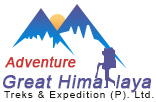
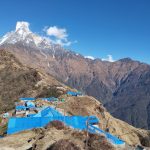 Thursday, November 27th, 2025
Thursday, November 27th, 2025
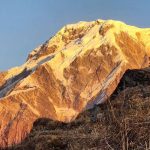 Wednesday, November 26th, 2025
Wednesday, November 26th, 2025
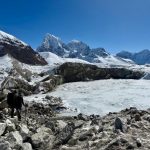 Friday, November 21st, 2025
Friday, November 21st, 2025
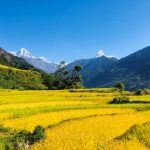 Saturday, October 18th, 2025
Saturday, October 18th, 2025
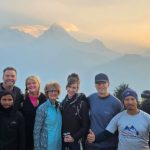 Friday, October 17th, 2025
Friday, October 17th, 2025
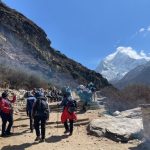 Tuesday, September 2nd, 2025
Tuesday, September 2nd, 2025
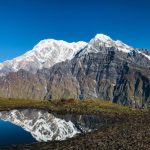 Saturday, August 30th, 2025
Saturday, August 30th, 2025
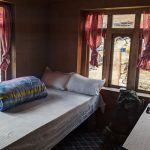 Monday, July 7th, 2025
Monday, July 7th, 2025
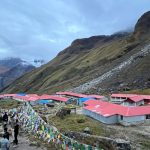 Thursday, July 17th, 2025
Thursday, July 17th, 2025
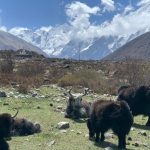 Monday, July 7th, 2025
Monday, July 7th, 2025
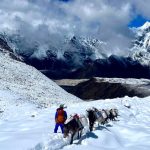 Wednesday, August 20th, 2025
Wednesday, August 20th, 2025
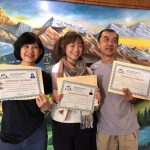 Tuesday, August 5th, 2025
Tuesday, August 5th, 2025
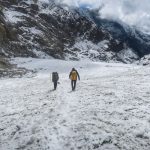 Wednesday, August 6th, 2025
Wednesday, August 6th, 2025
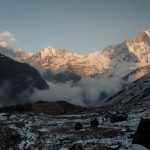 Wednesday, August 20th, 2025
Wednesday, August 20th, 2025
